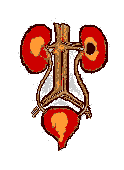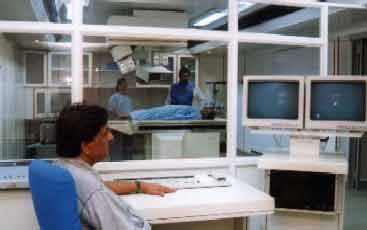|
|
|
 |
 |
 |
Tests for Diagnosis:
|
Various tests for diagnosis ?
The plain X-Ray of abdomen and a sonography are easily available and best diagnostic tools. Apart from these, Urine and Blood tests are carried out to document the function of the Kidney and to rule out Urinary infection. Intra-Venous Urography (IVU) needs to be done to evaluate the anatomical details of the Kidney. It also gives a detailed representation of the functional status of the Kidney and aids in the decision regarding appropriate method of management.
How safe are these Tests ?
These tests are usually quite safe. Some patients with allergic tendencies may have problems because of the contrast used for the IVU. Allergic problems may be anticipated in patients who have had contrast allergy in the past, or who are known cases of Bronchial Asthma or other allergic problem.
After Detection, What ?
Once the stone is diagnosed on X-Ray KUB and further investigations done, then one has to decide on the line of treatment. No immediate surgery may be required. It depends on the size, location and the degree of damage caused to the Kidney, Ureter or Urinary Bladder. Once diagnosed, even if it is small, it needs to be kept under constant follow up of an expert.
How about Homeopathy and Ayurved, Since there is no Treatment in Allopathy ?
Whatever you take for your stone, if the symptoms subside, it does not necessarily mean that the stone has disappeared. Regular check up (X-Ray KUB/ Sonography) will be required till the stone actually disappears. Only Uric acid stones are known to dissolve by excess in take of water or certain medicines. Stones larger than 7 - 9 mm are less likely to be affected by any of the available medicines.